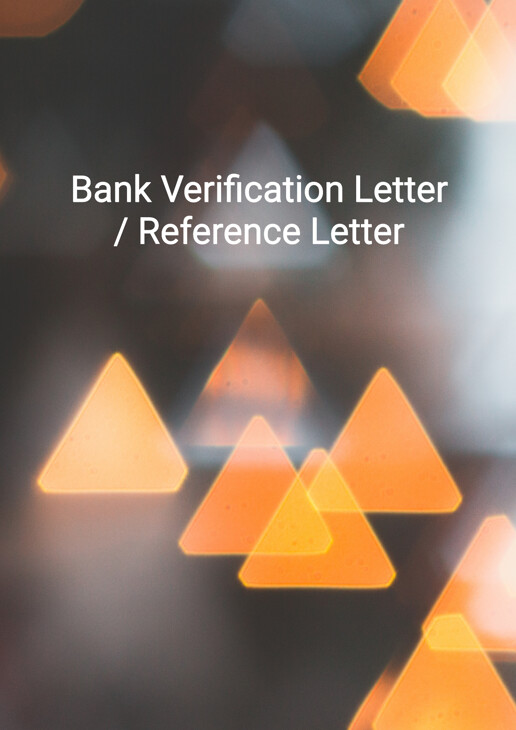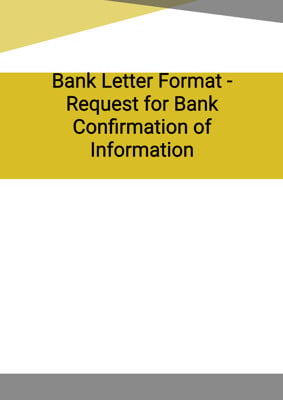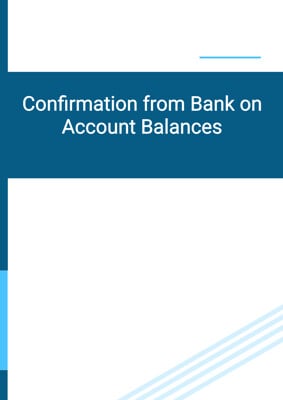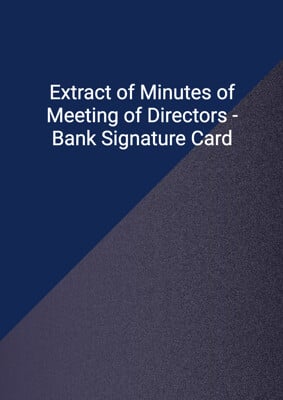How to Tailor the Document for Your Need?
01
Create Document
Click "Create Document" button and the document will be prepared with your account details automatically filled in.
02
Fill Information
Please fill in any additional information by following the step-by-step guide on the left hand side of the preview document and click the "Next" button.
03
Get Document
When you are done, click the "Get Document" button and you can download the document in Word or PDF format.
04
Review Document
Please review the document carefully and make any final modifications to ensure that the details are correct before sending to the addressee.
Document Preview
Document Description
The Bank Verification Letter, also known as a Reference Letter, is an important document that serves to verify the existence and details of a bank account. This letter is typically used by individuals or organizations to provide proof of their bank account for various purposes such as employment, visa applications, or financial transactions.
The document begins with a formal salutation addressing the recipient, followed by a clear statement of the purpose of the letter, which is to verify the bank account. The letter then proceeds to provide specific information about the account, including the account holder's first and last name, the address associated with the account, the account number, and the current balance.
To ensure the authenticity of the letter, it is signed by the sender, who is a representative of the bank. The sender also confirms that the account is fully authorized and that the information provided in the letter is accurate to the best of their knowledge and ability.
In summary, the Bank Verification Letter is a crucial document that serves as proof of the existence and details of a bank account. It provides important information about the account holder, the account number, and the current balance, and is typically used for various official purposes.
How to use this document?
1. Address the recipient: Begin the letter by addressing the recipient with a formal salutation, such as 'Dear Mr/Mrs/Ms. [Addressee]'.
2. State the purpose: Clearly state the purpose of the letter, which is to verify the bank account. This ensures that the recipient understands the intention of the letter.
3. Provide account details: Include specific information about the bank account, such as the account holder's first and last name, the account address, the account number, and the current balance. This information is crucial for verification purposes.
4. Confirm authorization: As the sender, confirm that the account is fully authorized and that the information provided in the letter is accurate to the best of your knowledge and ability. This adds credibility to the verification.
5. Sign the letter: Sign the letter as the representative of the bank to authenticate its validity. This signature confirms that the bank has verified the account and the provided information.
Note: It is important to customize the letter according to the specific requirements and purpose of the bank verification. Make sure to double-check all the information before sending the letter to ensure accuracy.
Not the right document?
Don’t worry, we have thousands of documents for you to choose from:




































